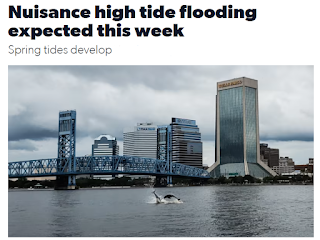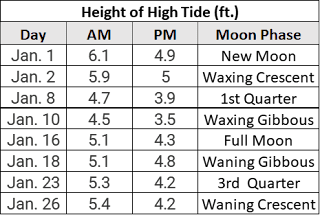During our Space and Technology unit one of our 1st topics was telescopes.
We started by watching a video clip on 2 types of telescopes - reflecting and refracting.
I also like this video on the basic types of telescopes (watch the 1st 4 min.). *It's an advertisement for a company but it's safe for classroom viewing - no pop-ups etc.
Next we compared the telescopes using a cut and paste activity.
Students have been watching the progress of the James Webb telescope since the launch on Dec. 24, 2021. It reached its new home recently so we continued the lesson by watching part of What's next for the Webb Telescope:
Students researched the differences between the Hubble & Webb telescopes and made their own graphic organizers.
To wrap up, we had a class discussion to review our learning goals (SC.8.E.5.1 SC.8.E.5.10). We emphasized the distances in space, mirrors (refracting), size, the type of discoveries and cost.







